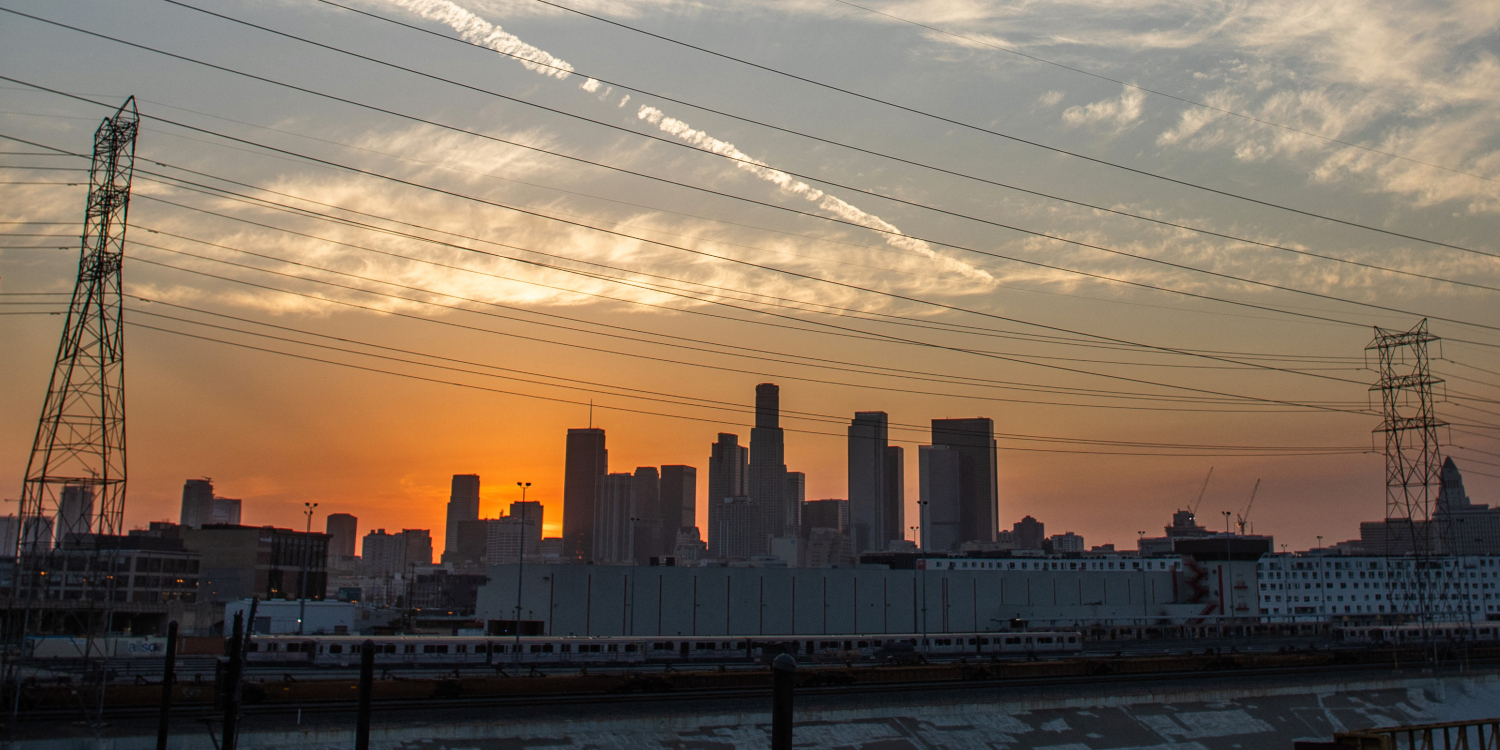Aviva Fried / Photo credit: Apu GOMES / AFP
The United States is currently affected by a heat wave. The country sees thermometers panic all over the country. As a direct consequence, the electricity network is in difficulty, faced with the use of air conditioning. In California, residents are encouraged to reduce their consumption if they still want to be able to light up.
Record temperatures in Europe, Asia… But also in North America. The northern hemisphere is hit hard by several heat waves. In the United States, the thermometer exceeded 50 degrees in Death Valley in California. A particularly hot place originally, but which also experiences near-record temperatures. Direct consequence of this heat wave: the Californian electricity network is put to the test.
Authorities in several areas of the state are asking their residents not to use too much electricity in California. Admittedly, customers are used to these kinds of restrictions as the power grid in the most populous state in the United States experiences regular outages. But the increase in temperatures drastically increases the use of air conditioning, which consumes a lot of energy. For the moment, it seems to be holding up thanks in particular to the reinforcement of solar energy, limited to a few hours a day, but which should make it possible to get through this heat wave.
A fragile American electricity grid
This year’s wet winter also helps. The snow reserves on the mountain range of the state will make it possible to operate the hydroelectric dams for a long time to come. Good news to meet the needs of the network.
A temporary relief because the Californian network remains dilapidated, just like that of other States. It is estimated that two thirds of Americans do not have reliable electricity and without electricity the consequences would be dire. A simulation made for the region of Phoenix in Arizona, shows that in the event of a generalized breakdown of the network during a heat peak, there could be 13,000 deaths.
